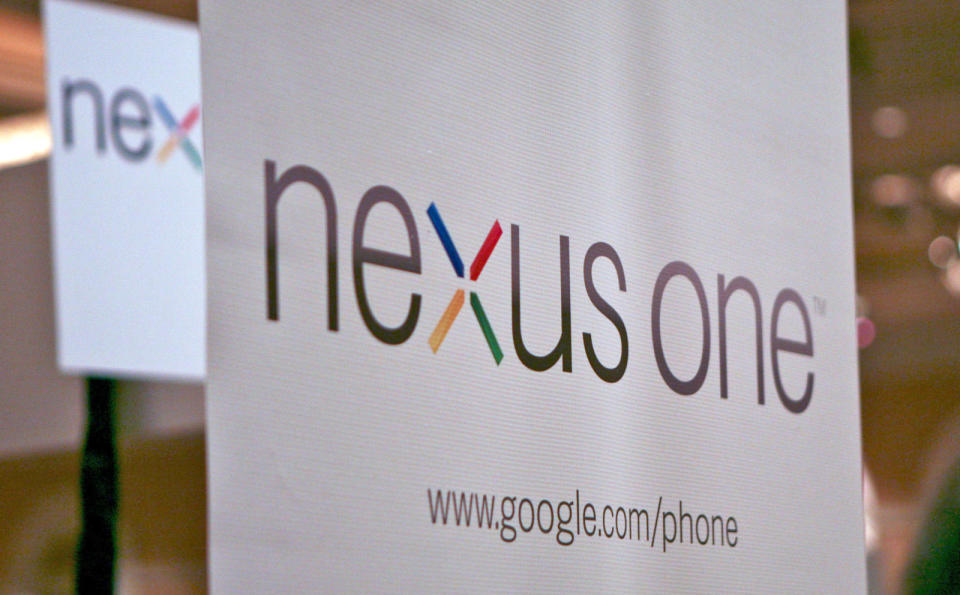A look back at Google's Android flagships: the Nexus family
Before Pixel, Google tried to revolutionize the mobile market with the affordable, direct-to-consumer Nexus.

Android purists have always had the same response to new smartphone announcements from the likes of HTC, Samsung or LG. "I'll just wait for the next Nexus." And why not? For years, Google's Nexus line served both as its official flagship products and as public reference devices for the latest in Android phones and tablets. Now, Google has replaced the brand with a new top dog: the Pixel. At first blush, it's everything users loved about the Nexus line and more -- but before we close the casket on Google's first series of smartphones, let's look back and talk about what made the Nexus brand so special.
For the uninitiated, the Nexus line could often be described as "Google's iPhone," but the truth was more complicated than that. Unlike Apple, the folks in Mountain View didn't dictate every aspect of the device's design -- choosing instead to farm out the hardware part of the Nexus equation to a series of different manufacturers. Nexus devices have been designed and built by Asus, Huawei, HTC, Motorola, LG and Samsung. All of them were top of the line (or least great bang for the buck) at their launches. But, physically they share almost nothing in common. Google's choice to partner with different manufacturers for each model made every Nexus unique. Not every design was a hit with fans, but the appeal of a Nexus phone wasn't necessarily the hardware. It was software.
Buying a Nexus was a way to get the "pure" Android experience -- a smartphone unsullied by manufacturer- or carrier-specific features and tweaks. If you bought a phone from Samsung, for instance, you'd either have to get used to its TouchWiz customization layer or be clever enough to flash a custom ROM to the device. Nexus phones were almost always the first devices to get updates too. Buying a Nexus meant no longer waiting months for the latest version of Android to arrive. It didn't just take updates out of the authority of phone carriers either: Google sold Nexus phones directly to the customer. No subsidies, no contracts, just great smartphones for a good price. For phone and tablet users who wanted to be on the bleeding edge, it was a dream come true -- but the brand wasn't perfect.
In 2012, Google's Nexus line had its first legitimate flop with the Nexus Q, an odd, media-streaming ball that simply didn't do enough to justify its price. For $299, the Q streamed movies, music and TV over a myriad of high-quality connection options -- but it was severely limited. Content had to be on Google's servers to work, and more robust functionality could be had for less with the $99 Apple TV. Google quietly pulled the Q from market, eventually replacing it with the (much cheaper) Chromecast.

Earlier this year, Google started pushing for more control over the hardware aspect of the devices -- aiming to create a phone that was wholly Google. Today, we know that device as the Pixel. It still has stock Android. We can still count on it to be a high-quality device. It's almost everything we ever loved about the Nexus line... but today, a small piece of Google's old identity dies. There's still an extremely small chance we'll see the name resurface in the form of a tablet, but in case we don't -- here's to you, Nexus. You had good run.














